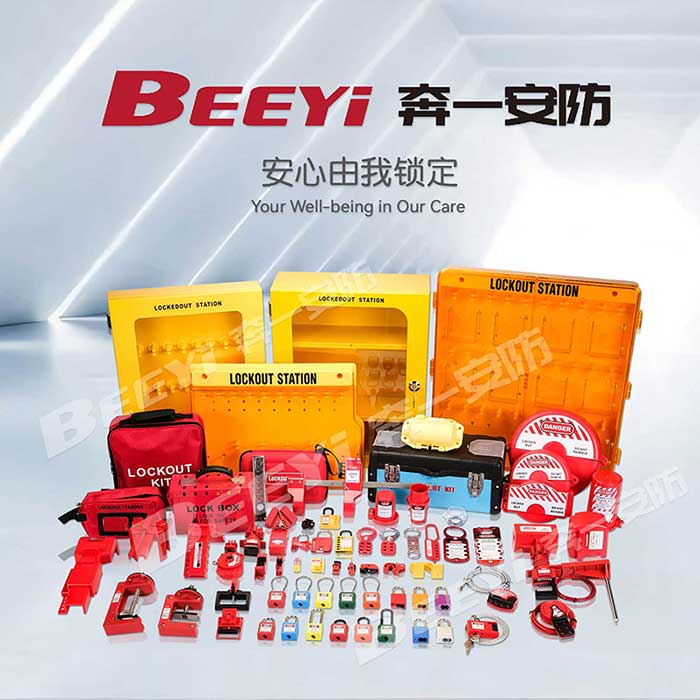Lock Out Tag Out (LOTO) devices are crucial safety tools used in workplaces, especially in industrial settings, to prevent accidents and injuries caused by the unexpected release of hazardous energy during maintenance or repair activities. These devices are a part of the Lock Out Tag Out procedure, which is a set of safety protocols designed to ensure that dangerous machinery or equipment is properly shut down and cannot be inadvertently started while being worked on. This article explores the importance, functionality, and best practices of Lock Out Tag Out devices.

What are Lock Out Tag Out Devices? Lock Out Tag Out devices primarily consist of two components: locks and tags. The locks are used to physically isolate the machinery or equipment from its power source, such as an electrical switch, valve, or hydraulic system. The tags, on the other hand, serve as a clear warning to others that the equipment is being serviced and should not be operated. LOTO devices are commonly used across various industries, including manufacturing, construction, energy, and chemicals. The goal of LOTO is to protect workers from the risks associated with energized equipment, such as electric shock, burns, or mechanical injuries. For example, a worker performing maintenance on a conveyor belt or electrical system could be seriously harmed if the equipment were accidentally turned on.